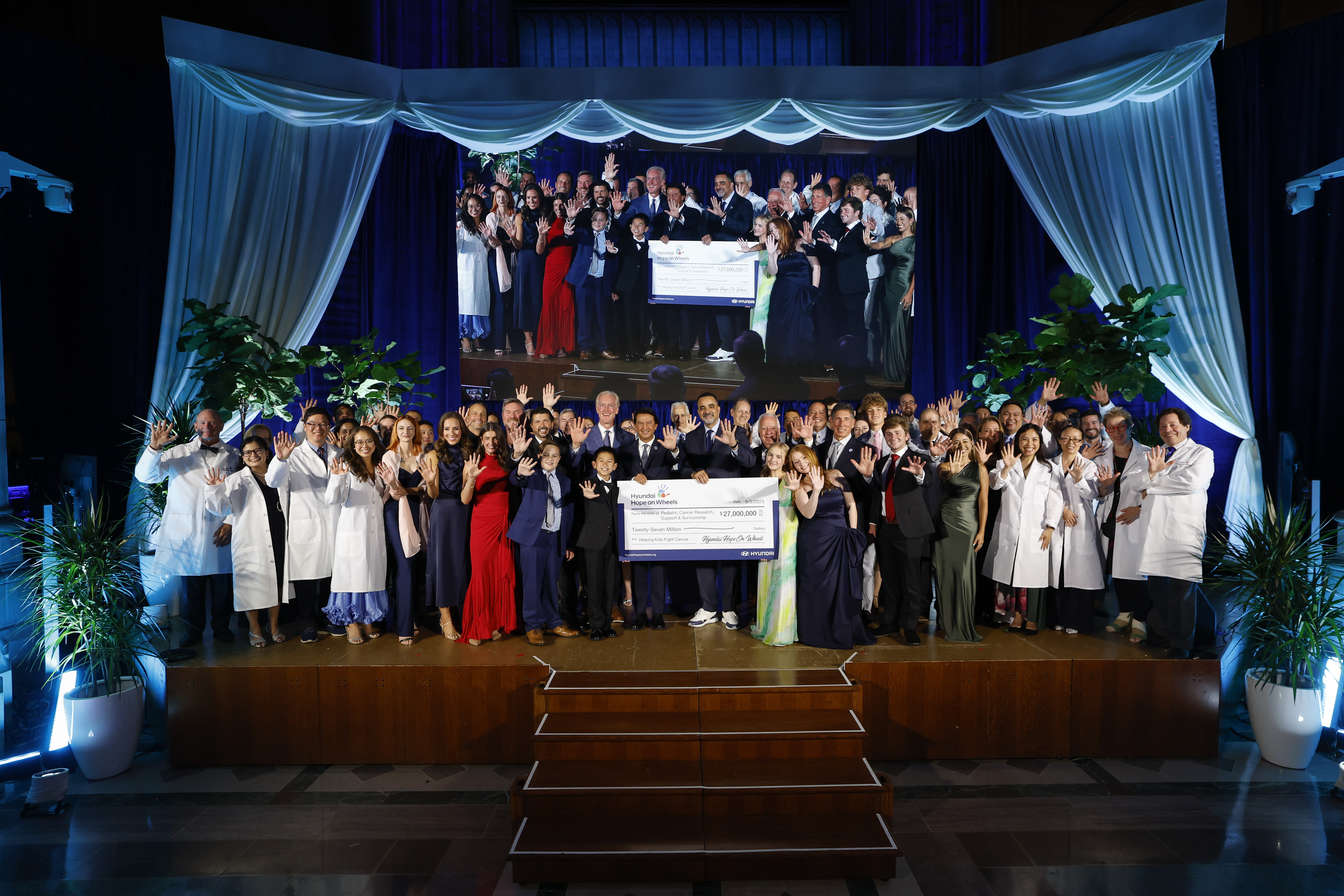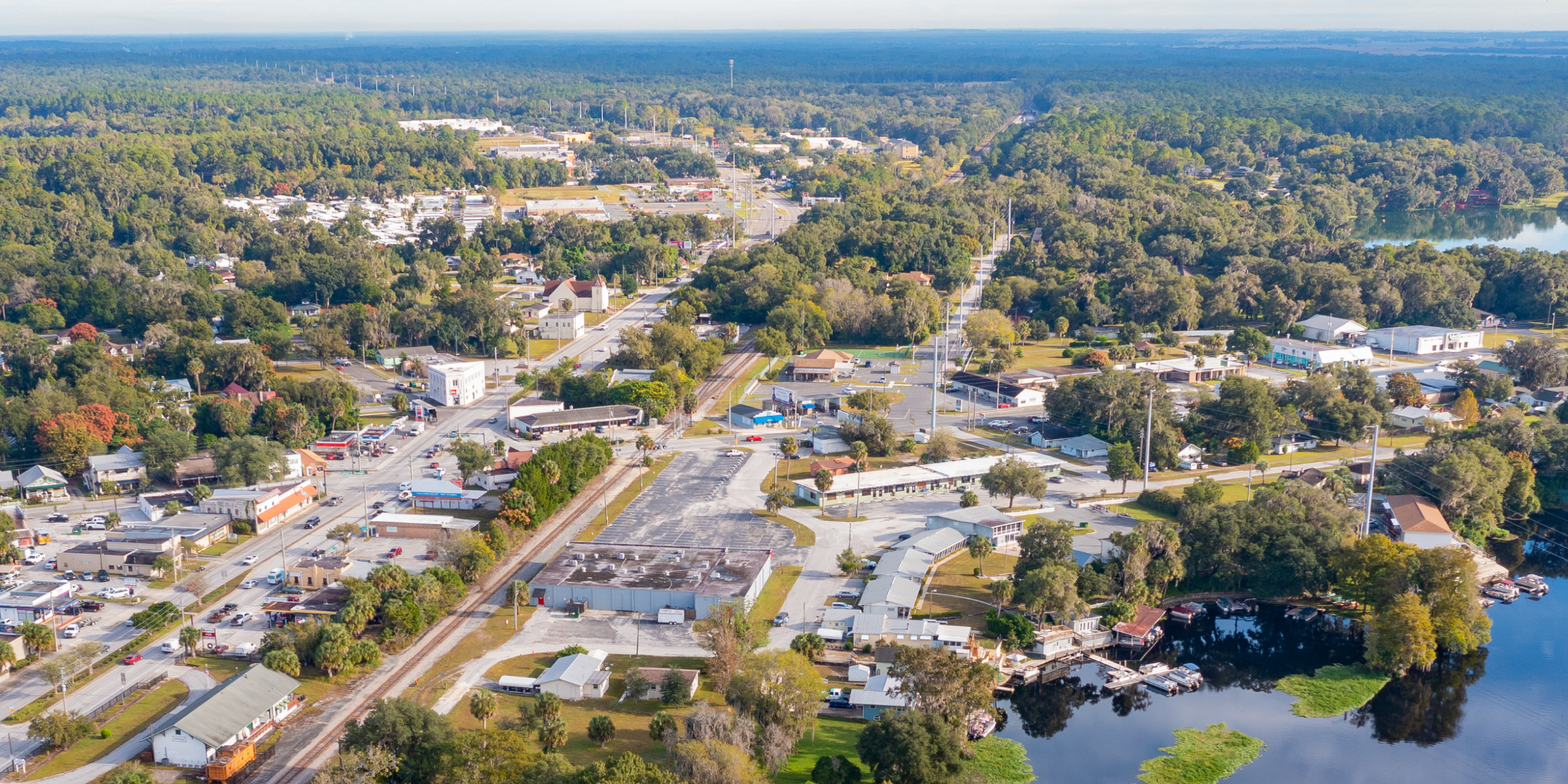Media headlines tout corporate CEOs eager to lay off staff in the name of efficiency. But this narrow focus on technological innovations that will completely change America’s workforce leaves out the more urgent issue for those of us advancing social impact: that this emergent technology can be a force for good. In the communications field, the fixation on efficiency – writing faster or automating teams out of the process – risks blinding us to AI’s far more transformative potential.
If our only goal is to make the content hamster wheel spin faster, we will miss the opportunity to harness AI for solving deeper challenges: rebuilding trust, strengthening democratic participation, improving access to information, and elevating communities that have historically been ignored or misrepresented.
The true value of AI emerges when it becomes a strategic partner in solving persistent communications challenges. For example, several public health organizations are now using AI-powered language analysis to pinpoint how vaccine messaging unintentionally alienates hesitant audiences. By examining tone, framing, and keyword resonance across thousands of community conversations, these tools rapidly generate insights that would take months or years to uncover through traditional research. The result will presumably be messaging that is more empathetic, culturally relevant, and grounded in lived experience – and deployed in a fraction of the time of previous efforts, potentially saving more lives.
Another long-standing challenge for communicators is personalization at scale. Traditional segmentation often paints audiences with broad strokes that flatten nuance and diversity of experience. But AI-based audience clustering can create greater psychographic and behavioral awareness of what moves people, enabling communications experts to gain a more nuanced understanding not only of who their audiences are but also of why they care. With these deeper insights, communicators can craft messages that directly resonate with audiences, an essential skill in an era when conversations about climate, for example, have become sharply polarized.
One of the most urgent communications challenges of our time is the rise of misinformation and disinformation, particularly during crises and elections. AI can play a critical role in detection, rapid response, and building communications long-term resiliency for potential crises. Several pro-democracy organizations are now using AI to map misinformation networks, track harmful narratives as they emerge, and develop counter-messaging strategies in hours rather than weeks, potentially mitigating the damage. AI helps teams understand not just what misinformation is spreading but how it travels across platforms and communities, allowing communicators to intervene before lies take root in people’s minds.
AI also presents an opportunity to democratize creative production. Grassroots organizations with small teams are using AI to generate multilingual versions of their materials, expand their storytelling capacity, and experiment with formats that were previously out of reach due to cost or technical barriers. Artists and activists are using AI to rapidly prototype concepts, freeing them to focus on authenticity, originality, and narrative power. This is not about replacing people. It is about expanding access to creative tools that were once reserved for organizations with significant resources.
AI innovations can help us solve social challenges and make communicators more effective at our craft, but they are still only tools. And these tools hold their greatest potential when wielded effectively by people with the communications savvy to pair them with the expertise of trusted messengers and local leaders. AI can reveal broad patterns, but only people can provide the cultural context and relational trust needed to act on them.
With all this potential, communicators have an important responsibility. We serve as a bridge between technology and public understanding, so we must be the ones asking hard questions about how AI is used. Whose data is included? Which voices are amplified or silenced? What assumptions or biases might be embedded in the model? Who benefits from the technology and who might be harmed? Are we strengthening trust or taking shortcuts?
If we avoid these questions, efficiency will become the default incentive, and the people most likely to be harmed will be those with the least institutional power. Our task is to ensure that AI is used to reinforce and enhance equity, transparency, and community agency.
At Fenton, the answer is clear. AI is not a tool to cut corners or labor. It is a tool that can address communications challenges and enhance the expertise we bring to our clients. Used responsibly and with thoughtful aims, it will help us amplify truth, elevate community voices, and strengthen the movements working for a more just world. As communicators committed to social impact, we have the power and responsibility to lead the way in realizing AI’s transformative potential.






